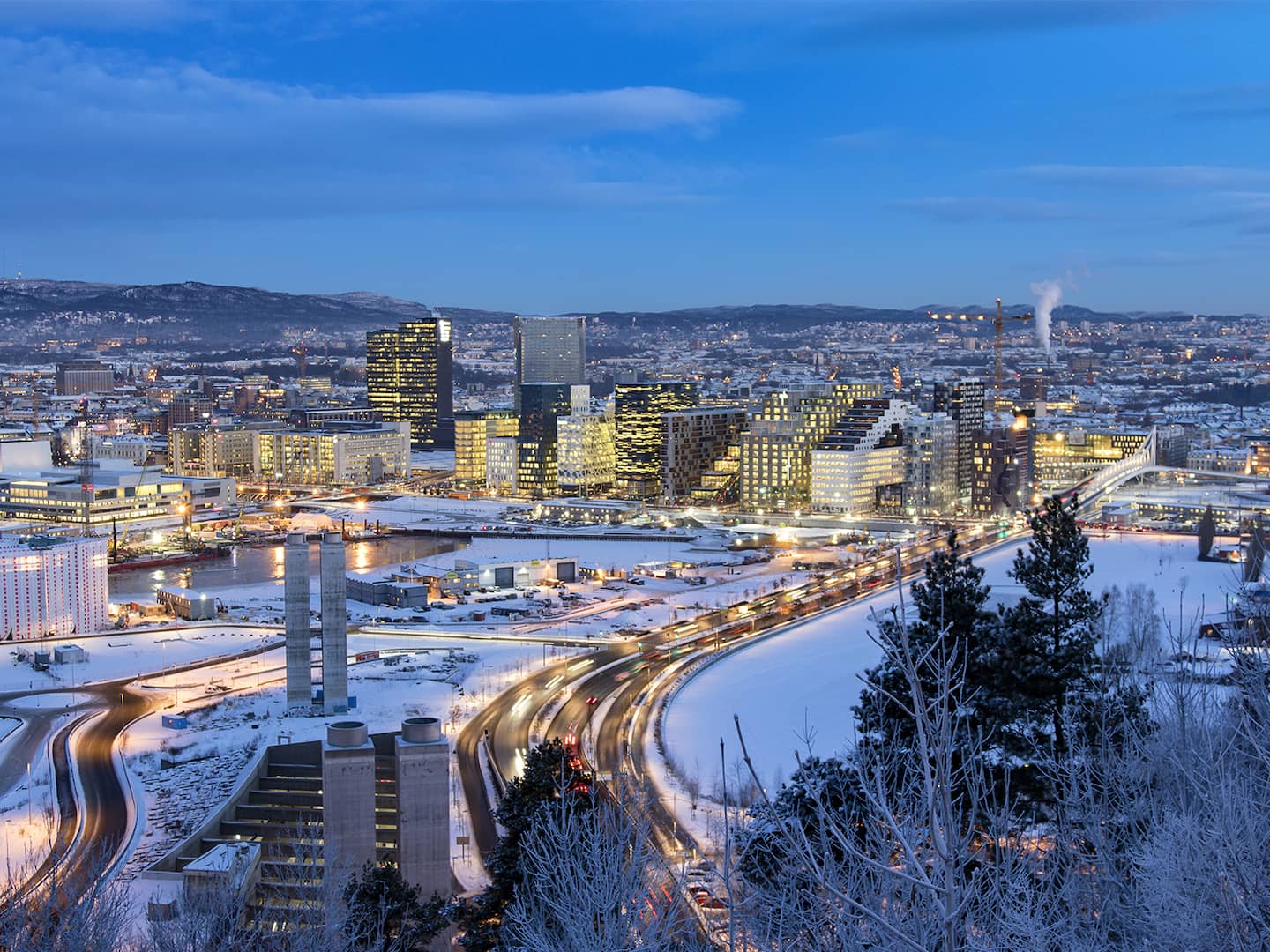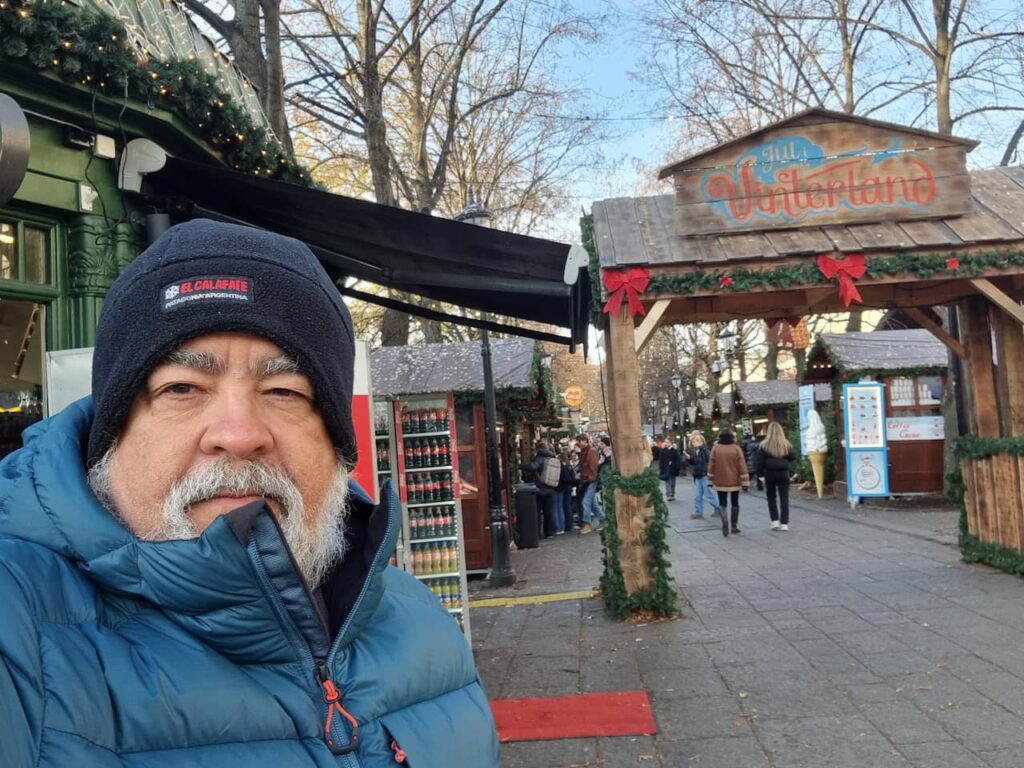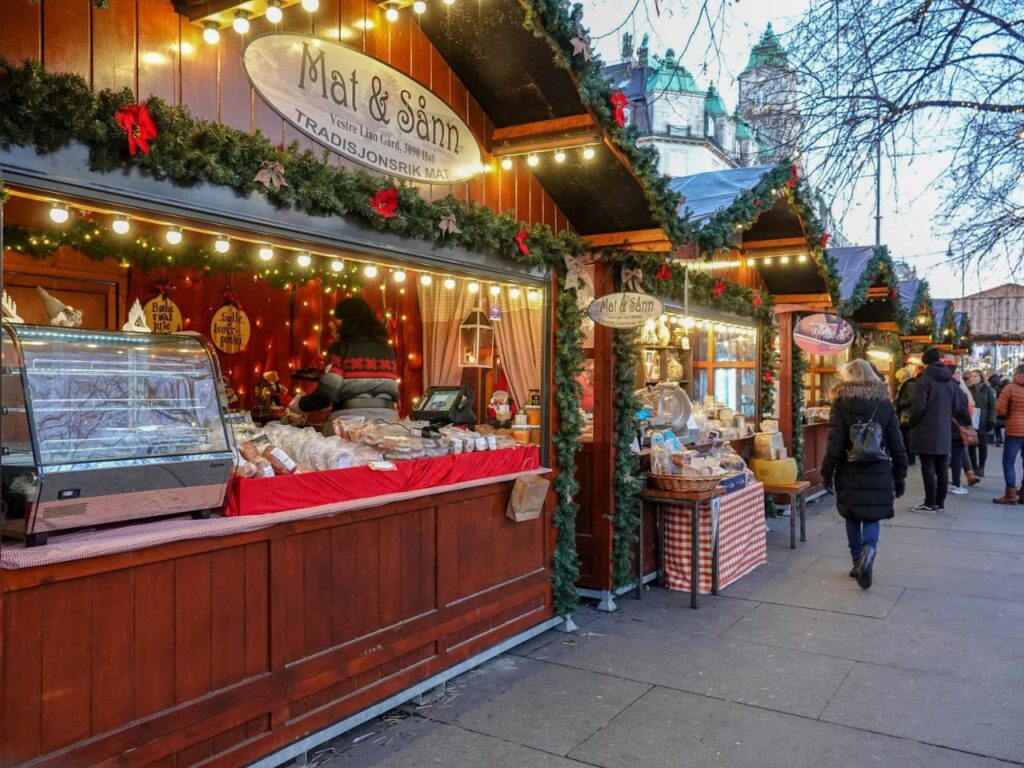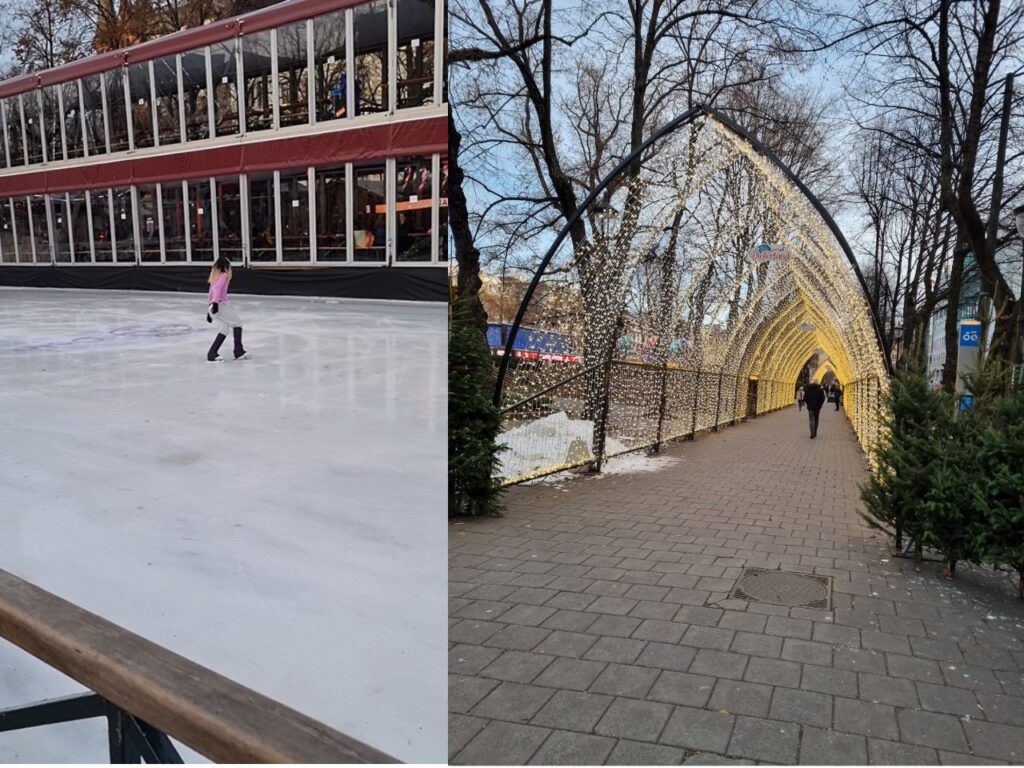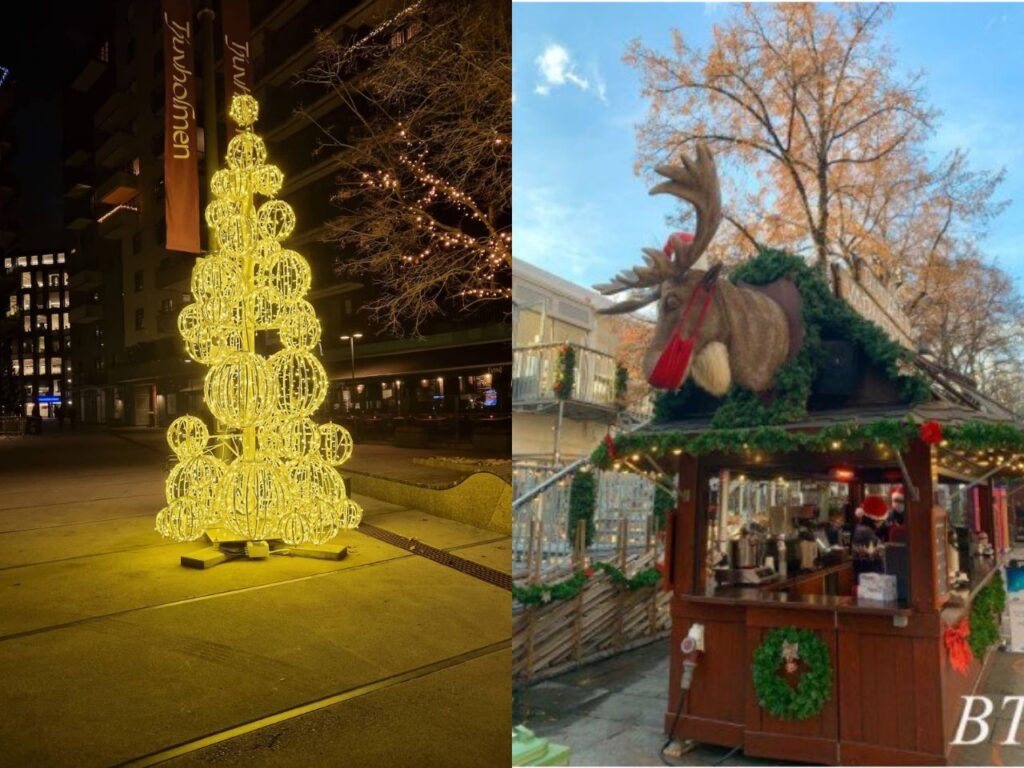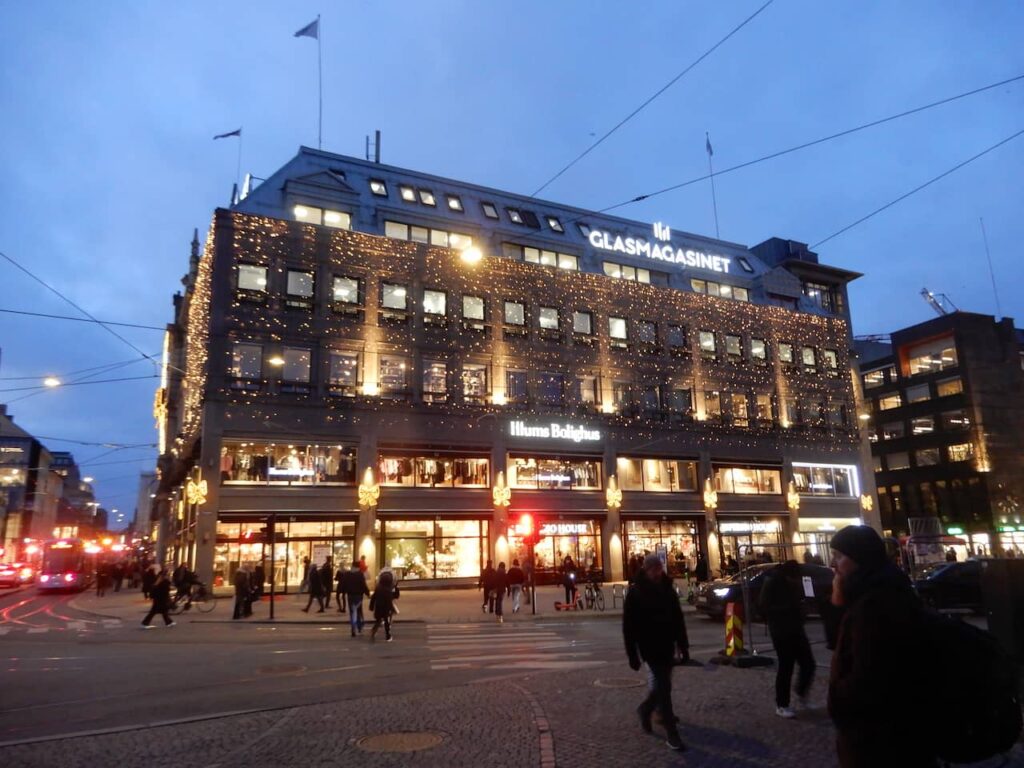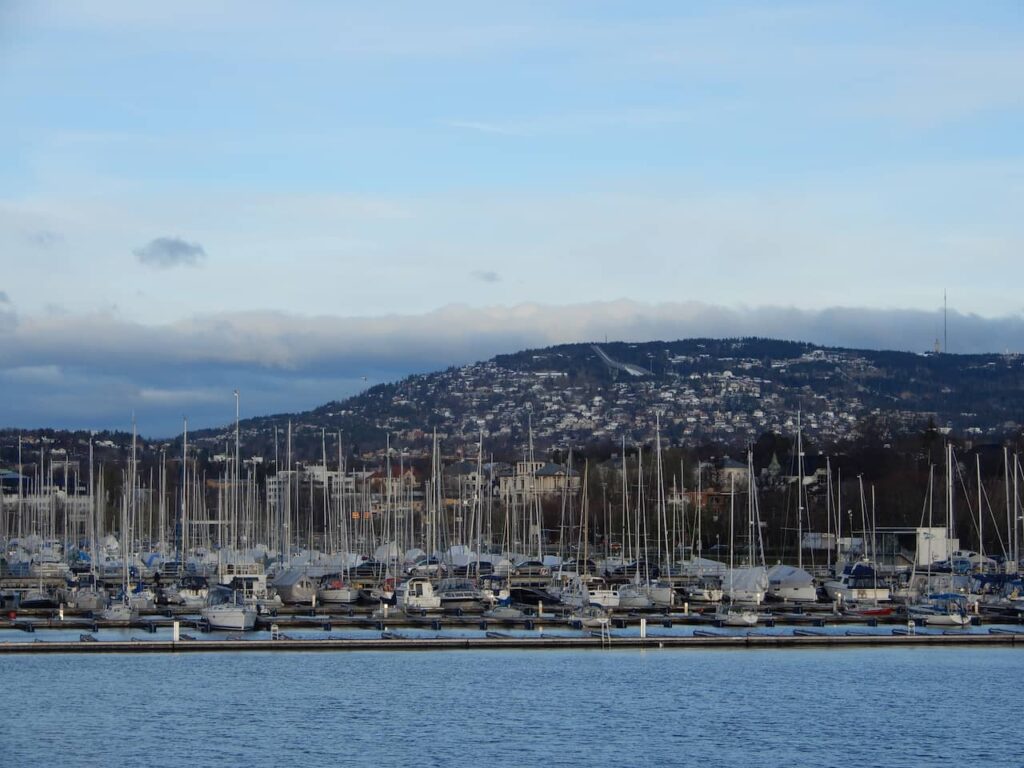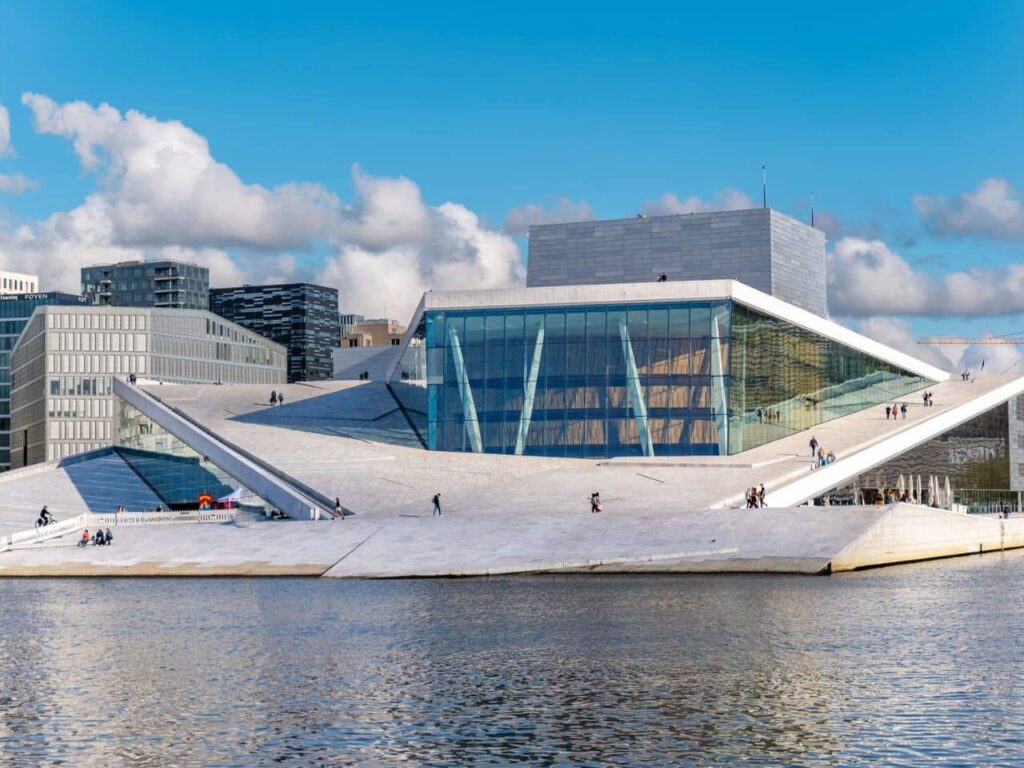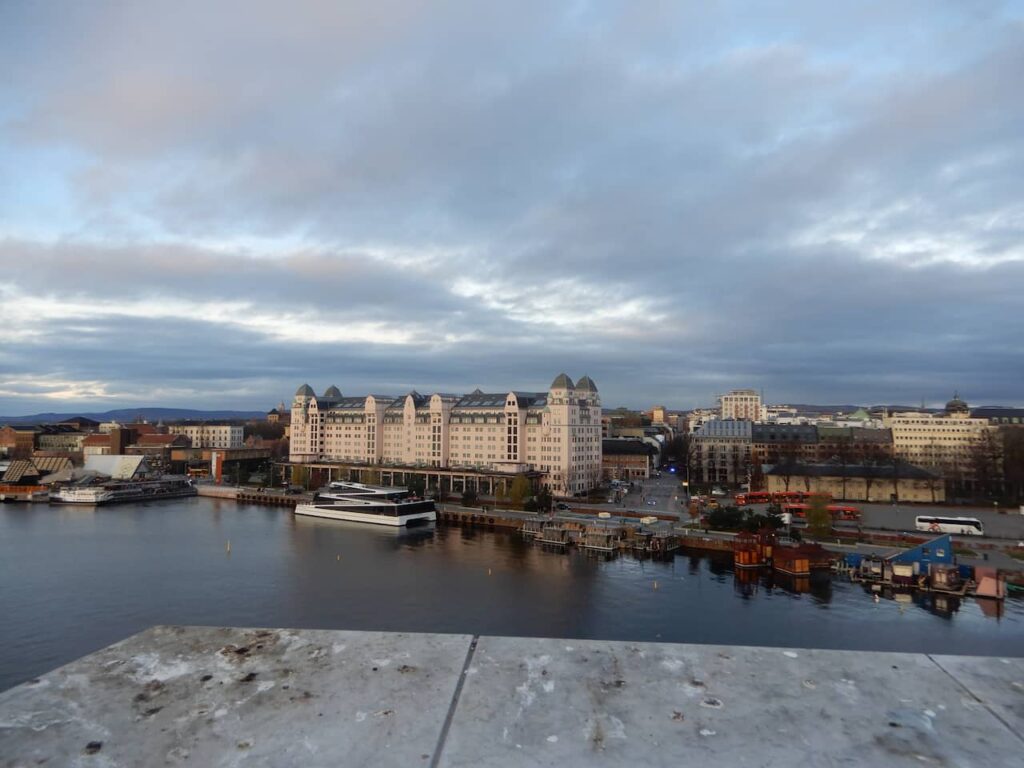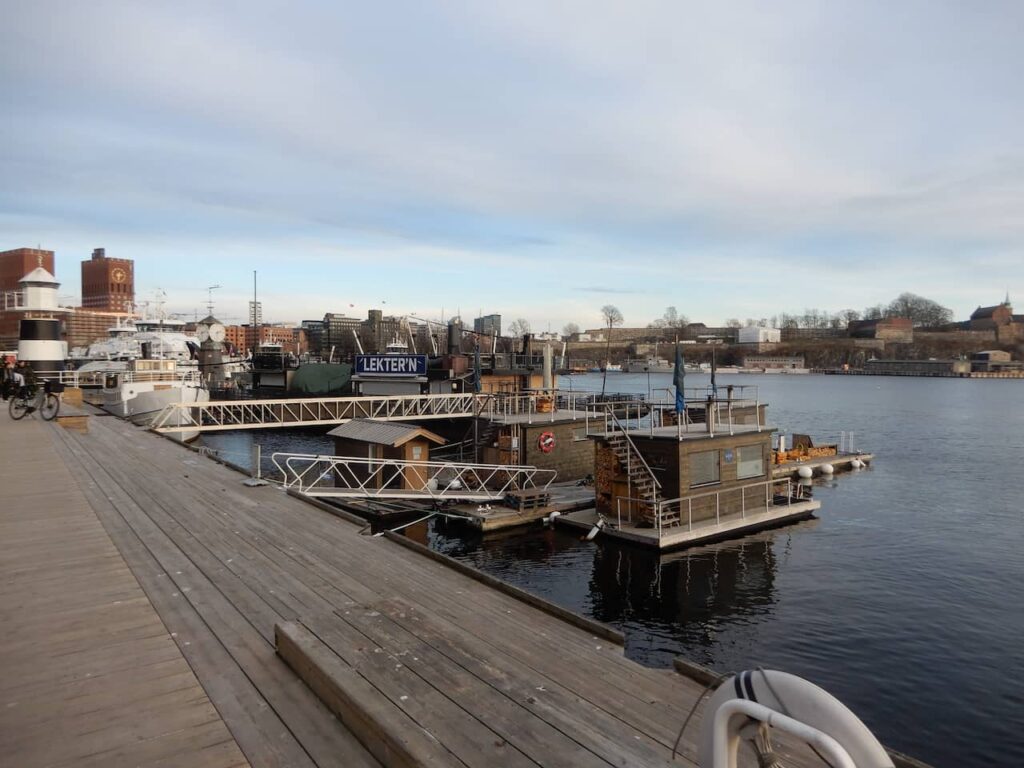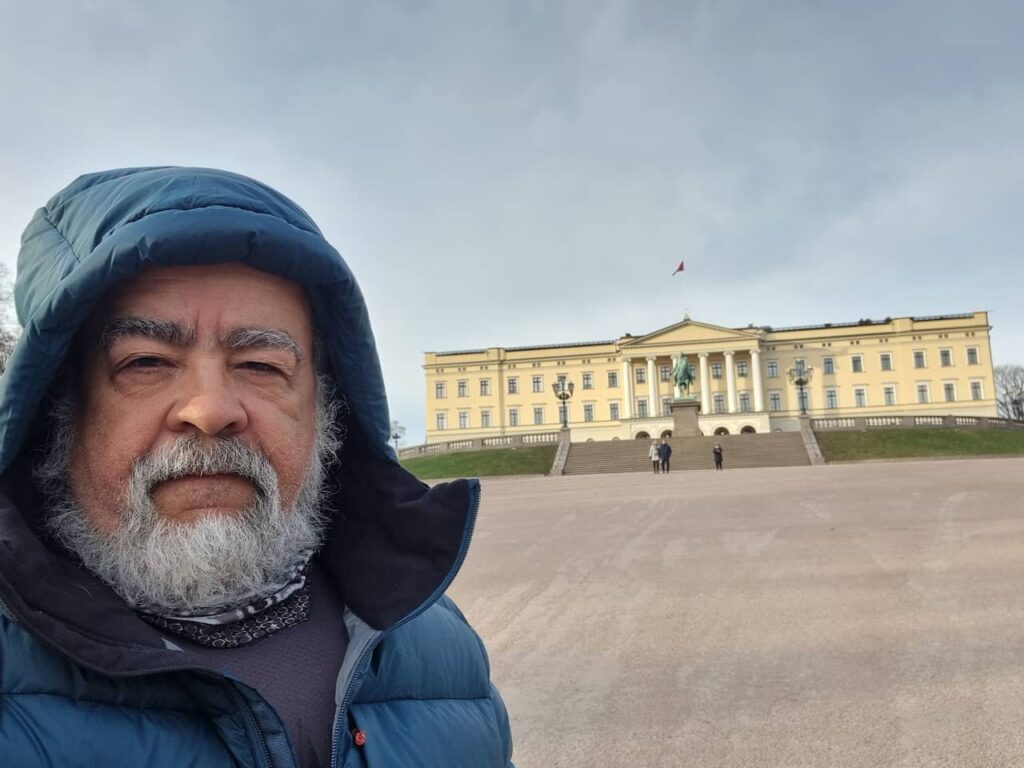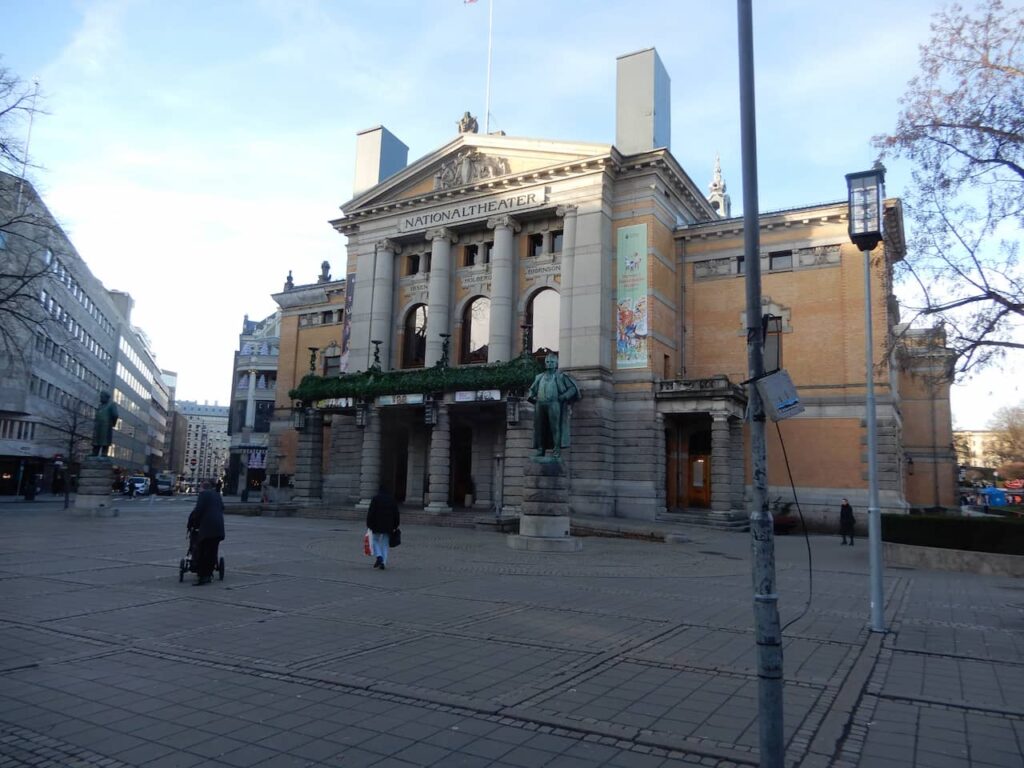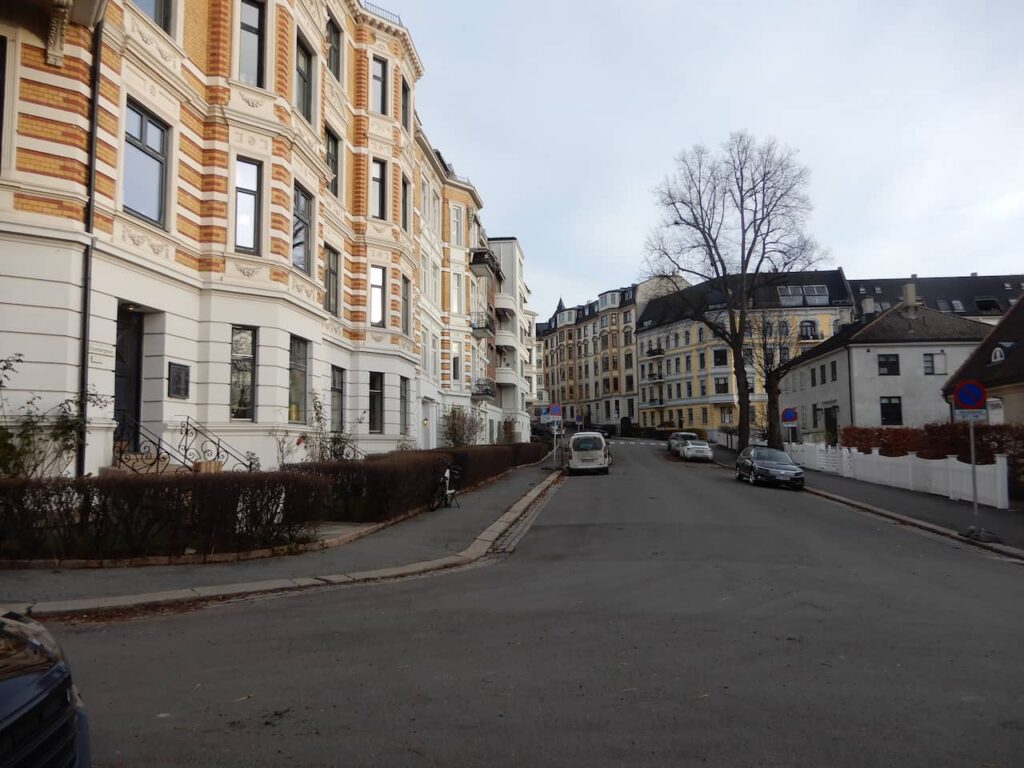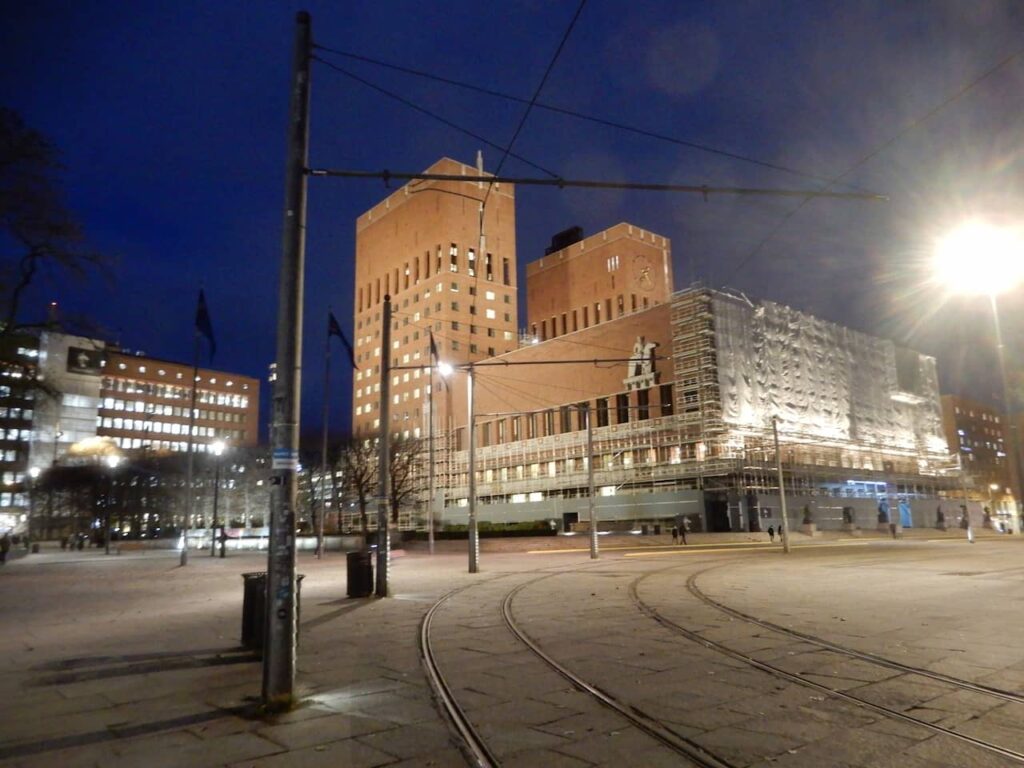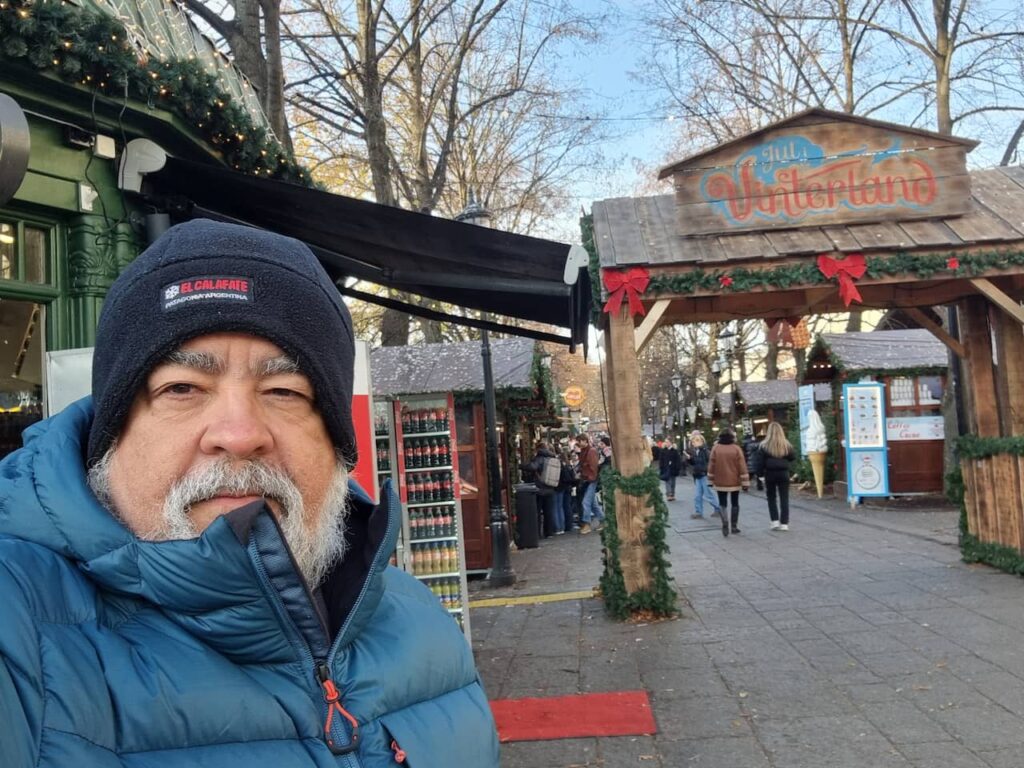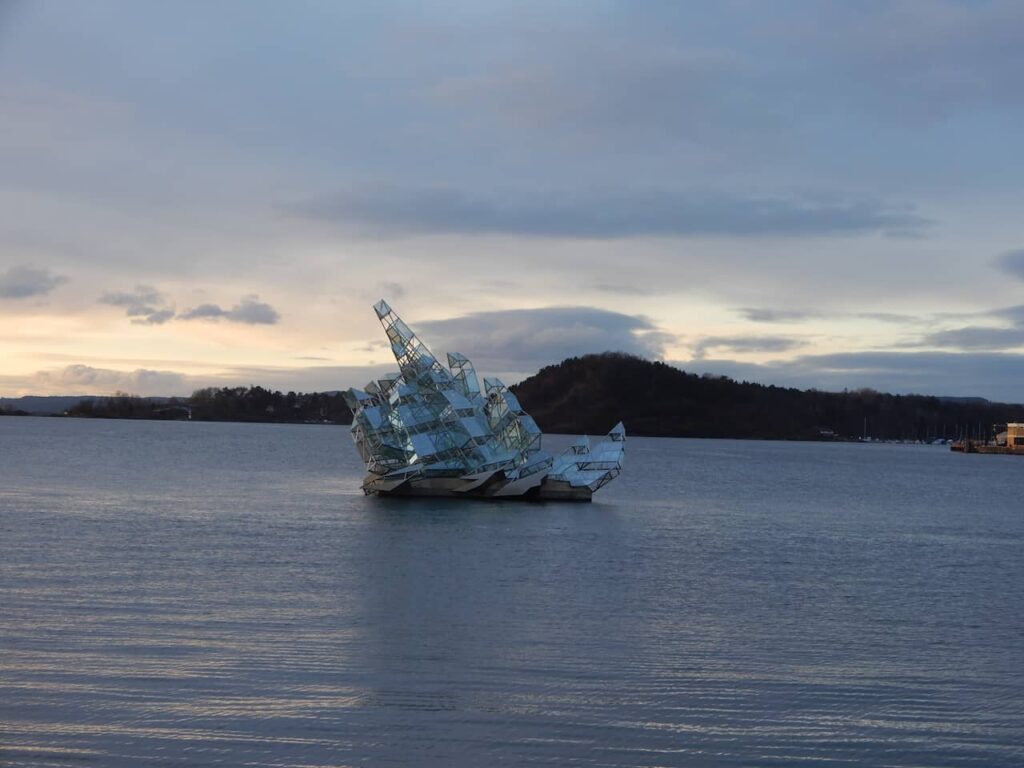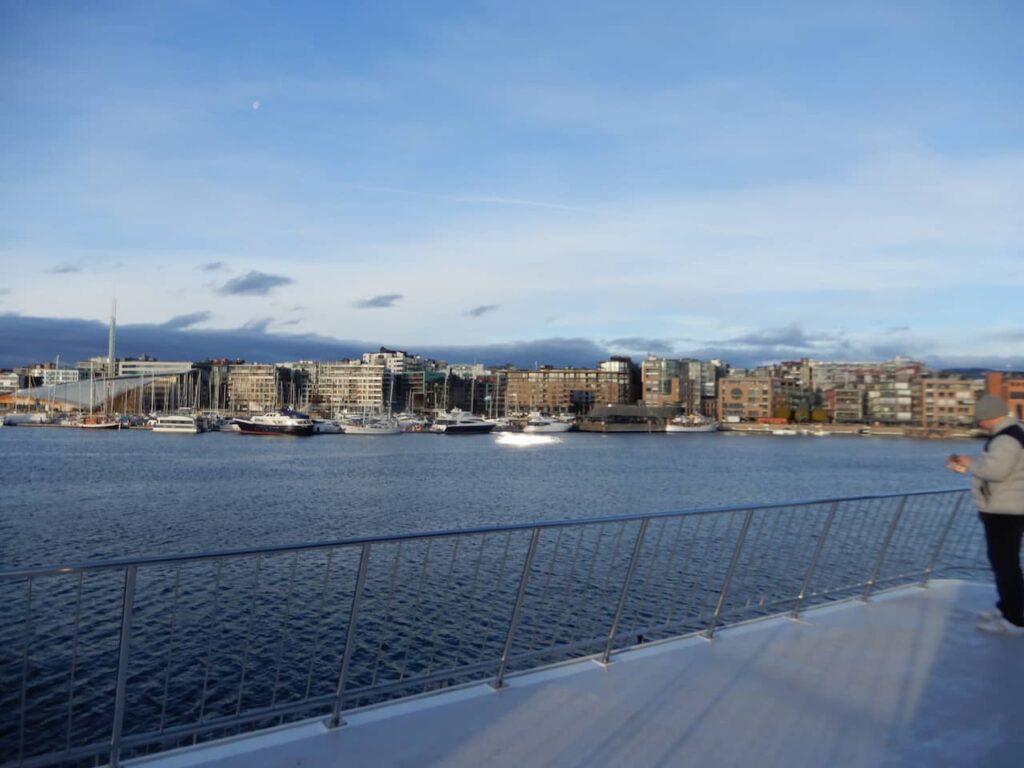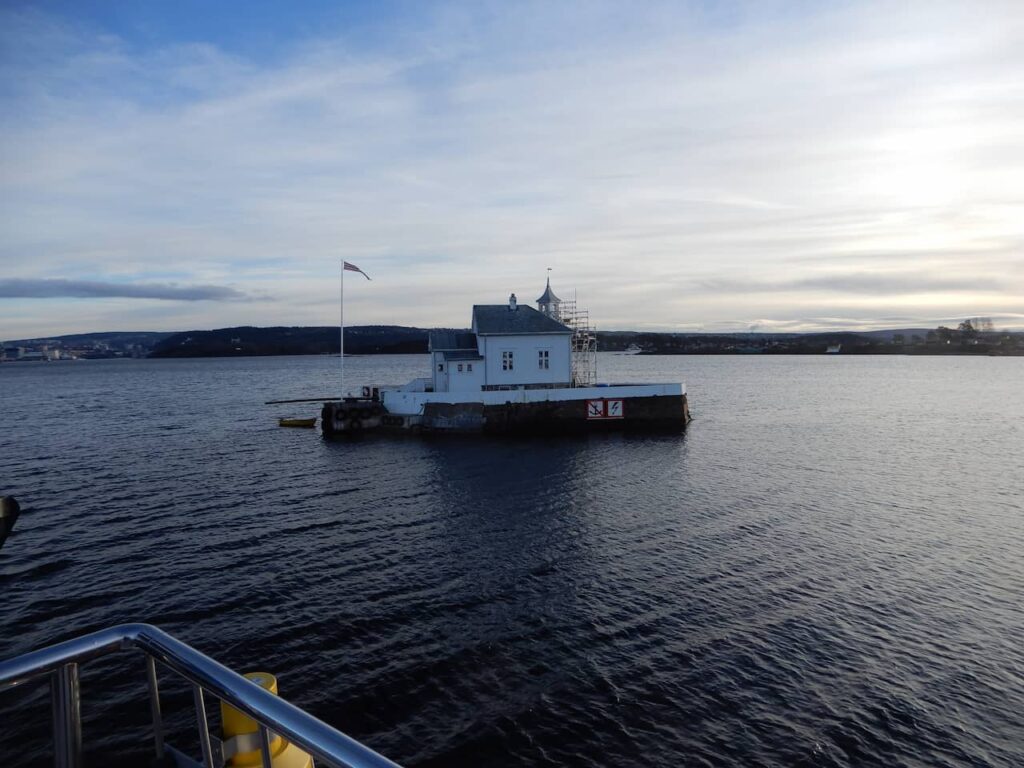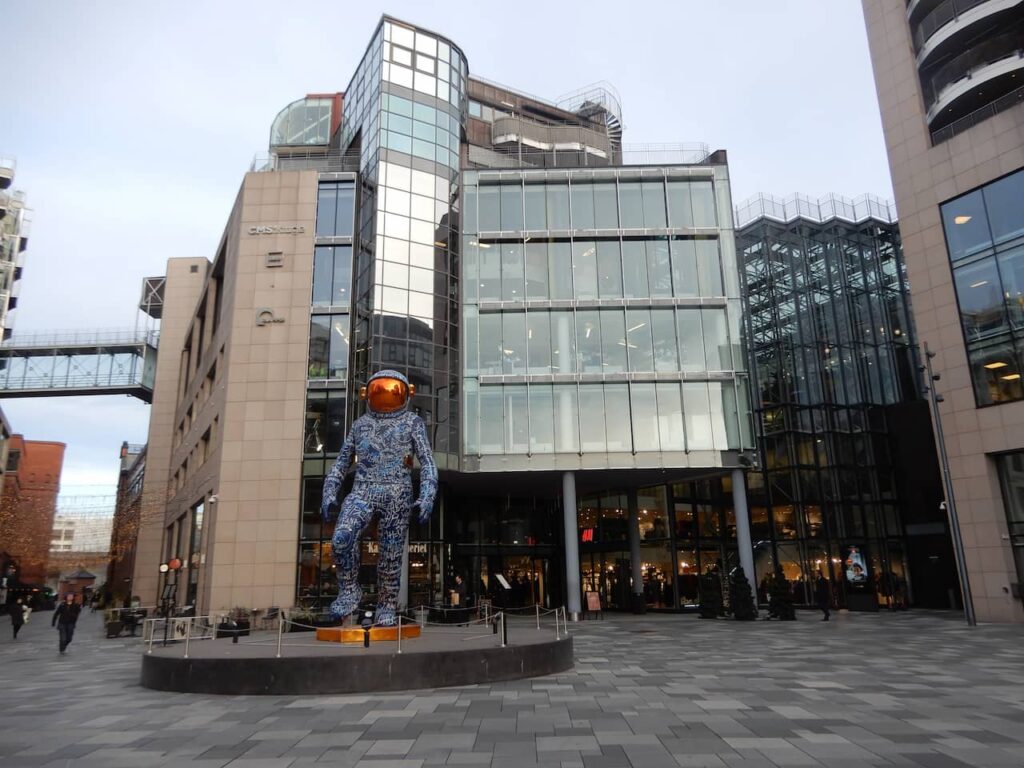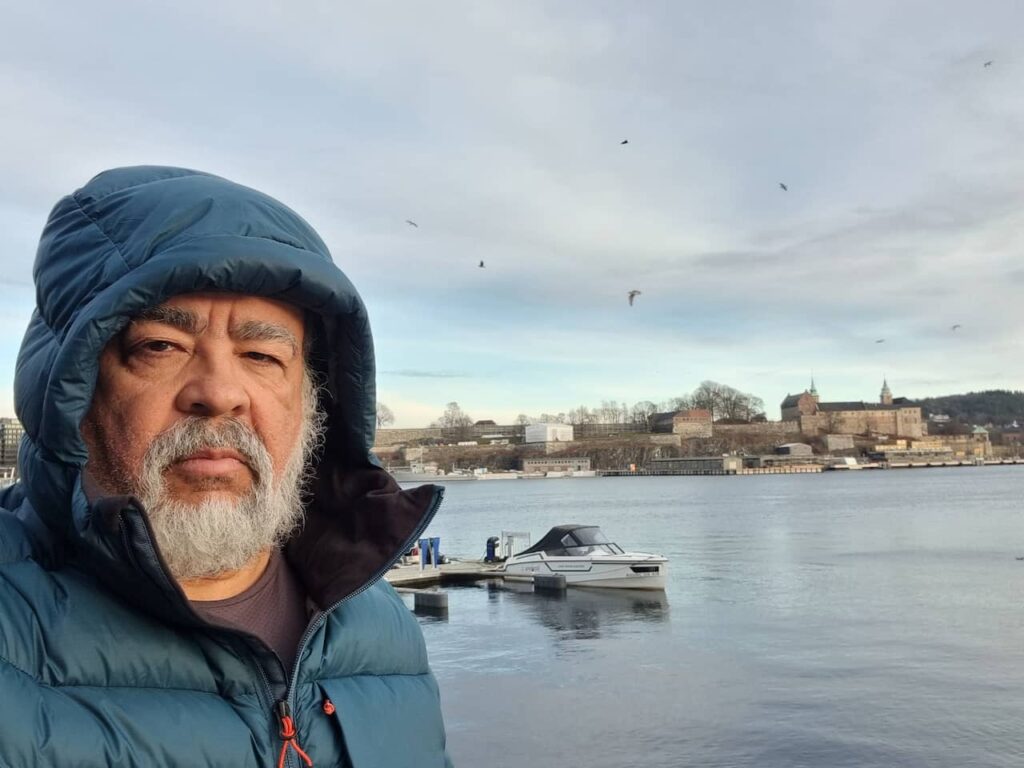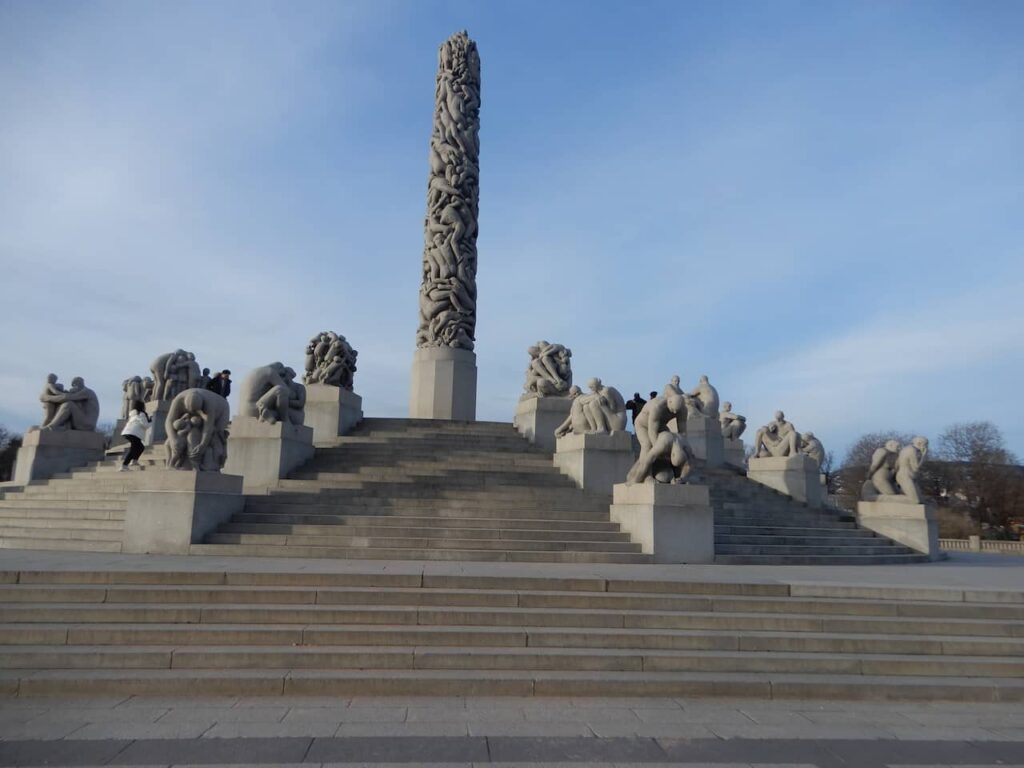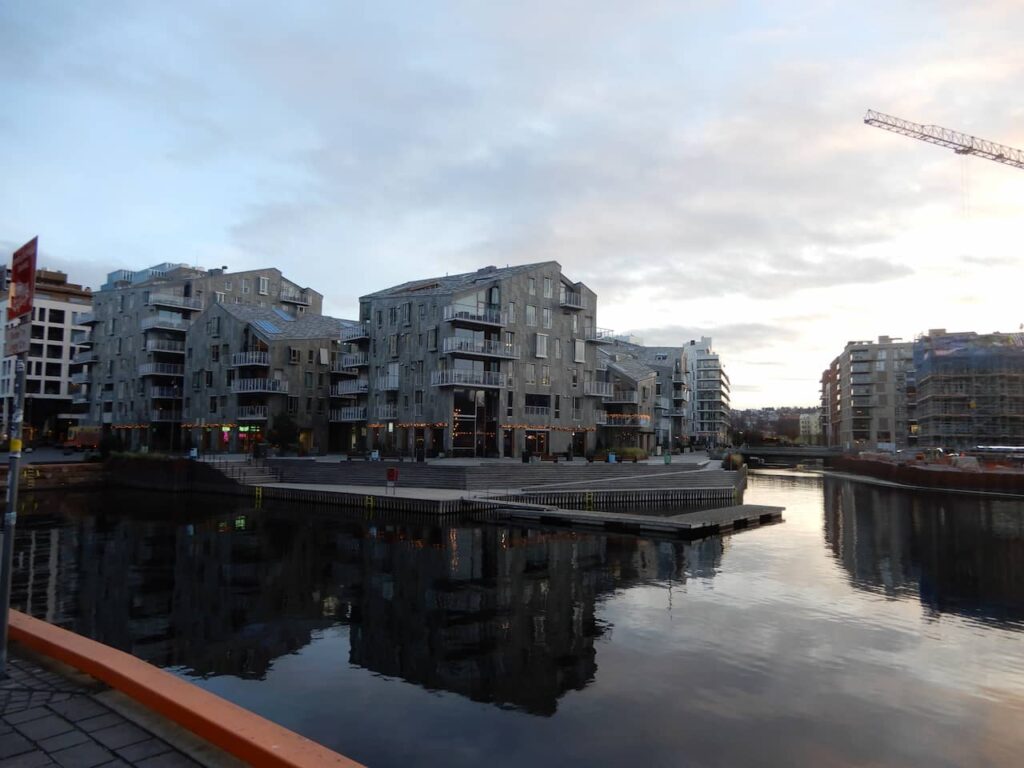Oslo - Norway
Oslo: my starting point towards the Northern Lights
After more than a month exploring different corners of Europe, it was in Oslo that I truly began a new phase of my trip. The long-awaited search for the Northern Lights. Since the Norwegian capital would be my starting point for heading north. I wanted to make the most of every moment in this charming and surprising city.
What’s more, this time everything promised to be different. Not only was it the height of winter, but I also knew that, starting on November 25th, I wouldn’t see the sun for several days. Yes, this prolonged darkness is part of the routine in Nordic countries and, for me, it was something I had always wanted to experience. I had heard about it, read stories and watched videos, but now it was time to experience it for myself — literally.
Arrival and first impressions.
Arriving in Oslo in November was like diving straight into a typical Scandinavian winter landscape. The days were noticeably shorter, the cold was already constant, and the city seemed to enter a completely different rhythm — calmer, more introspective, but at the same time full of little charms.
As soon as I landed at the airport, I took the train straight to the central station. Everything worked with the impeccable efficiency that one would expect from Norway. As soon as I left the station, I was faced with an enchanting scene: decorated streets, cozy cafes and a light layer of snow covering the sidewalks. From the first moment, the atmosphere won me over — the kind that only comes at this time of year.
Historic center, culture and Christmas spirit.
To start exploring Oslo, I decided to follow Karl Johans Gate, the city’s main street. Since it connects the Central Station to the Royal Palace, walking along it was an excellent way to introduce myself to the Norwegian way of life.
From the very first blocks, I was immersed in the hustle and bustle: street artists entertaining passers-by, cafés full of people, fancy shop windows with Christmas lights… Shortly after, I spotted the imposing Oslo Cathedral (Domkirke), which caught my attention because of its façade. Inaugurated in 1697, it has survived fires, renovations and the passing of time — and it is still in operation, hosting important events, including royal weddings.
As I continued my walk, I came across the Norwegian Parliament (Stortinget). Its yellow façade and rounded shape make it an unmistakable landmark in the heart of the city. Since 1866, it is where the country’s political decisions have been made. Standing in front of a place with so much history was one of those moments that leaves a lasting impression.
Christmas enchantment at Spikersuppa.
Since my visit took place at the end of November. I was lucky enough to find the Christmas market in Spikersuppa park already in full swing. And what a wonderful surprise! The park was lit up with thousands of lights, with stalls selling traditional foods, a lively skating rink and even a Ferris wheel.
The air was filled with irresistible aromas of cinnamon, hot chocolate and grilled sausages. Without exaggeration, it was impossible not to be carried away by that cozy Christmas atmosphere, which seemed to warm even the coldest days.
National Theatre and Norwegian tradition.
Further on, I passed the beautiful National Theatre. Across the street, next to the elegant Continental Hotel, I found the historic Teatercaféen. A traditional place, frequented by artists, intellectuals and eccentric characters from Norwegian cultural life.
I went in, sat down for a while, and admired the atmosphere: caricatures on the walls, a string quartet playing discreetly, and that sophisticated bohemian air that only a place with so much history can have.
The Royal Palace and Slottsparken.
Continuing along Karl Johans Gate, the walk ended at the imposing Royal Palace of Oslo. It is located at the top of the avenue. The construction, begun in 1825 and completed in 1849, is today the official residence of King Harald V and Queen Sonja.
Although I didn’t go in, I made sure to watch the changing of the guard, which takes place daily at 1:30 p.m. The ceremony is brief, but full of symbolism and tradition. Surrounding the palace is Slottsparken, a beautiful, tree-lined park. I walked among sculptures, trails and tall trees until I found a bench overlooking the city. I stayed there for a while, breathing deeply and taking in every detail of the moment.
At the end of the day, I returned to the Christmas market at Spikersuppa. With a hot chocolate in my hands and a smile on my face, I ended my first day in Oslo with that feeling of being exactly where I should be.
GET YOUR FREE TRAVEL STARTER KIT
Enter your email and receive planning tips including a step-by-step checklist, how to pack, and more so you can plan your trip like a pro!

Fjords, art and modern architecture.
The next morning, I woke up excited. The second day would begin with one of the most anticipated tours of the trip: a cruise through the Oslo fjords. And the best part: it was done aboard a silent and sustainable electric boat, the Vision of The Fjords.
Oslo Opera House: an icon on the banks of the fjord.
The boat boarding point was right in front of the spectacular Oslo Opera House, which is already an unmissable attraction in itself. The modern building, which resembles a floating iceberg, has a ramp that allows you to climb up to the roof. Of course I went up. And the view from there is simply breathtaking, with the city on one side and the fjord on the other. A true postcard.
Fjord cruise: nature and history in harmony.
Finally, the boat set off and the experience began. For 1h30, we sailed through calm, icy waters, passing by icons such as Akershus Fortress, Oslo City Hall, and modern neighborhoods such as Aker Brygge and Tjuvholmen.
Along the way, we also saw the Dyna Island lighthouse and the FRAM Museum, dedicated to polar expeditions. Everything on board was extremely comfortable: the interior was heated, with spacious seats, hot drinks, wine and sandwiches. To top it off, there was an app-based guide that explained each point on the route. This made everything even more special.
Cultural afternoon: from Vigeland Park to Aker Brygge.
Back in the center, the afternoon was dedicated to art and contemplation. I started at the immense Vigeland Park, where more than 200 sculptures created by Gustav Vigeland are scattered. Each one of them depicts emotions and phases of human life — from childhood to old age. Walking around there was almost meditative. The silence, the cold air and the expressions of the statues created an introspective atmosphere.
Afterwards, I continued walking towards Aker Brygge Promenade. I passed through quiet residential neighborhoods until I reached the modern waterfront promenade. Today, Aker Brygge is one of the most vibrant neighborhoods in Oslo, full of stylish cafes, modern shops and contemporary architecture.
Right next door is Tjuvholmen, home to the Astrup Fearnley Museum, designed by renowned architect Renzo Piano. I went in to see the exhibitions and came across bold works by artists such as Damien Hirst and Jeff Koons. Even those who are not fans of contemporary art will probably be impressed — whether by the collection or by the privileged location on the fjord.
Ending at the Nobel Peace Center.
Before the day ended, I made my last stop at the Nobel Peace Center. This interactive museum tells the story of Alfred Nobel and pays tribute to the Nobel Peace Prize winners. Walking through the rooms was inspiring. With each story, a new reflection emerged about the impact that individual actions can have on the world.
Once again, I returned to the Christmas market, as if to remember that unique Oslo atmosphere. With mulled wine in hand, live music in the background and that comforting chill in the air, I felt that the city had left its mark on me.
Agora, é hora de seguir rumo ao norte. A próxima parada? A casa do Papai Noel. Que venham mais aventuras geladas.
E, quem sabe, a tão esperada aurora boreal.

